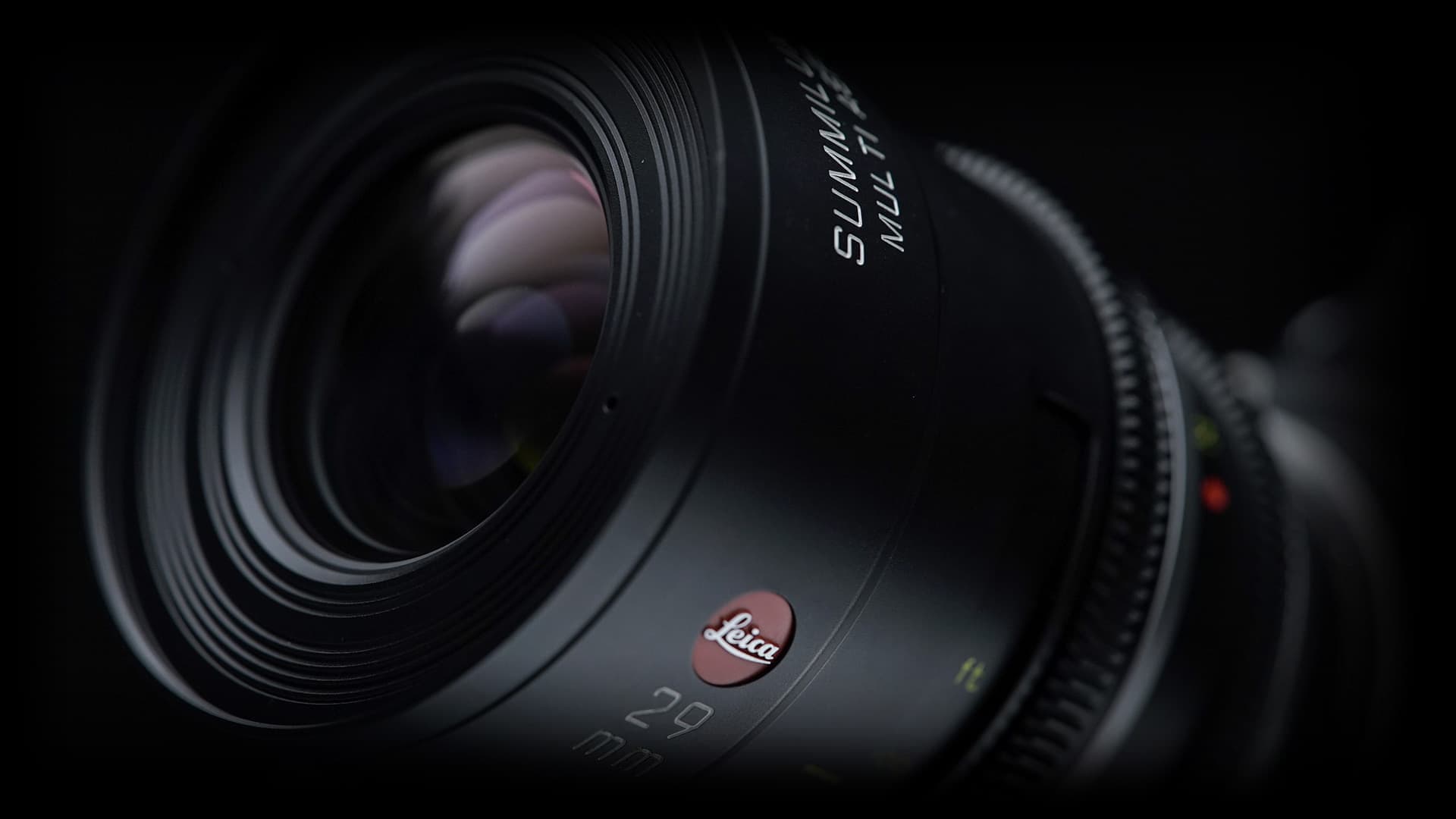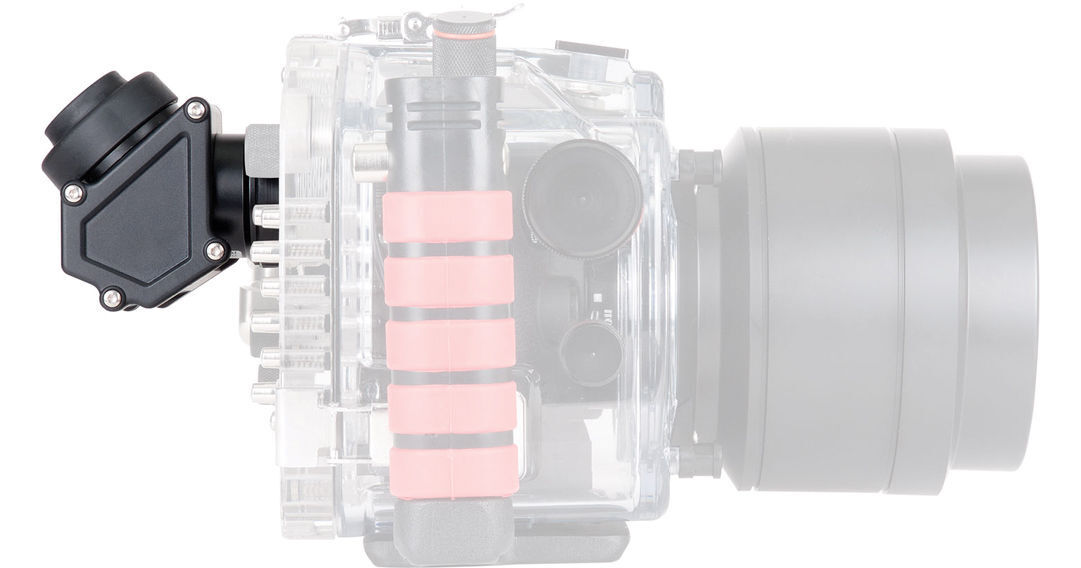

After working with many mirrorless cameras, I am surprised that Nikon cannot do better.

As we all know, these RZ lenses are not fast, Even a f/2.8 is rare, and most are much darker.Īs for Live View, please don't get me started. I tried the 147mm lens both on a bellows and just with the adapter itself.

It would seem that these lenses, even if they are sharp (and some of them definitely are not) are (for my work) more like exotic toys than working lenses, as far as I can tell.
VINTAGE 65MM TILTSHIFT LENS HARTBLEI FULL
It would be easier in full sunlight, but when do I ever shoot in full sunlight? I guess only to test, but then why test when I could not use the lenses anyway, since I particularly like shadows, and so on. Using the 140mm Mamiya RZ lens as an example, which I know is perhaps the sharpest of the RX67 lenses for macro work, I can't see well enough (even at full aperture) to focus finely. These lenses are very heavy, so I wanted to be careful not to strain the Nikon D800E mount. Right now I am using the larger Nikon Bellows PB-6, since I don't need tilt, etc. I then set up operations in a small studio. Of course, the image circle would be so large that I would only be capturing the center of the lens on the Nikon sensor, which of course is the most corrected anyway.Īfter a very long time Fotodiox came out with an adapter (with its own small helicoid focus ring) for the Nikon and I snapped one up. I sold my Mamiya RZ67 Pro-II medium-format camera years ago, along with the Leaf-Aptus 33MP digital back, but I hung on to my lenses, some 11 of these heavy paperweights, to find out for myself whether they would be useful on my Nikons.
VINTAGE 65MM TILTSHIFT LENS HARTBLEI SERIES
Everyone wants to know what a Nikon body like the D800 series would do with quality medium-format lenses, but no one was able to bite the bullet and produce one. Perhaps this explains all the shuffling of feet. The problem with trying to interface RZ67 lenses to the Nikon, other than that the lenses are huge, is that on the RX67 they work with a built-in bellows. It was no one's fault, just one snafu after another, apparently. I waited and waited and waited, and finally asked for my money back. Such an adapter was designed in Germany and I paid for it up front, then waited for it to appear. I should call this post "Journey by Waiting," because for a number of years I have been waiting for a usable adapter to come on the market that will allow me to mount my Mamiya RX67 lenses to the Nikon D800E.


 0 kommentar(er)
0 kommentar(er)
